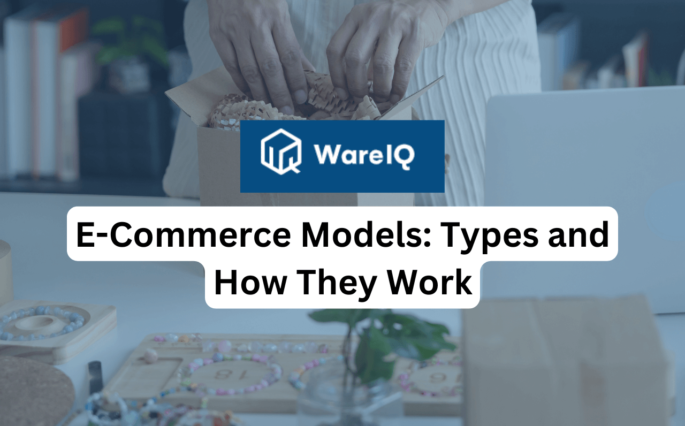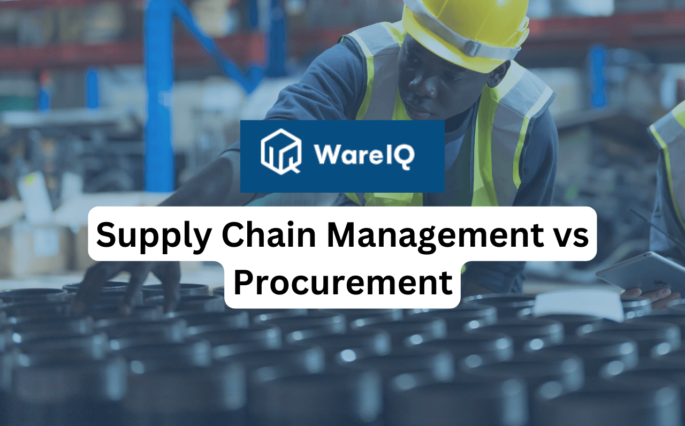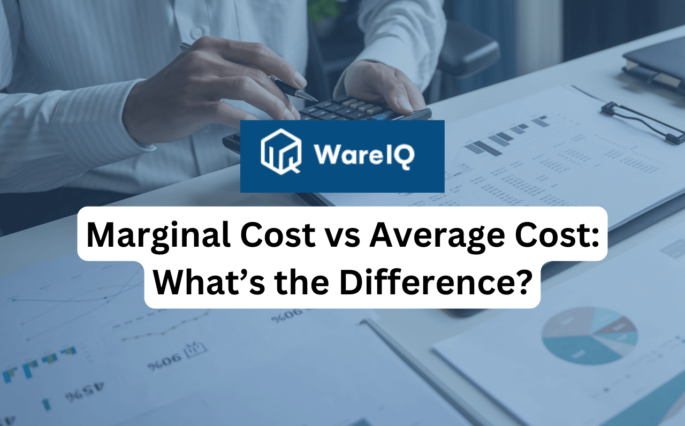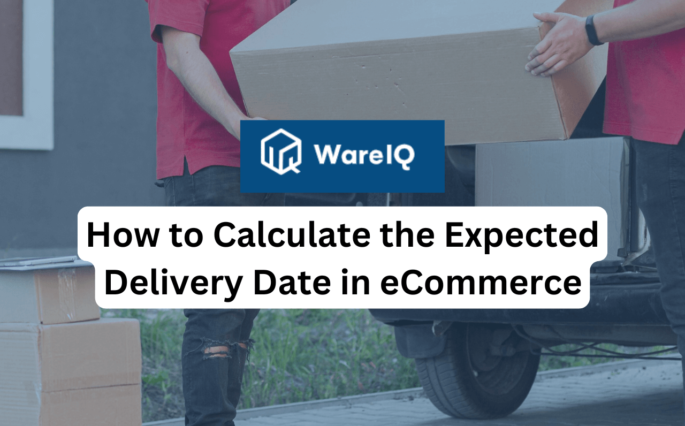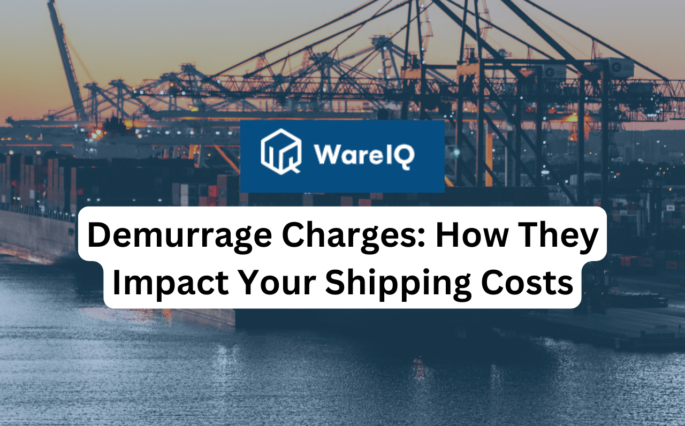Blogs
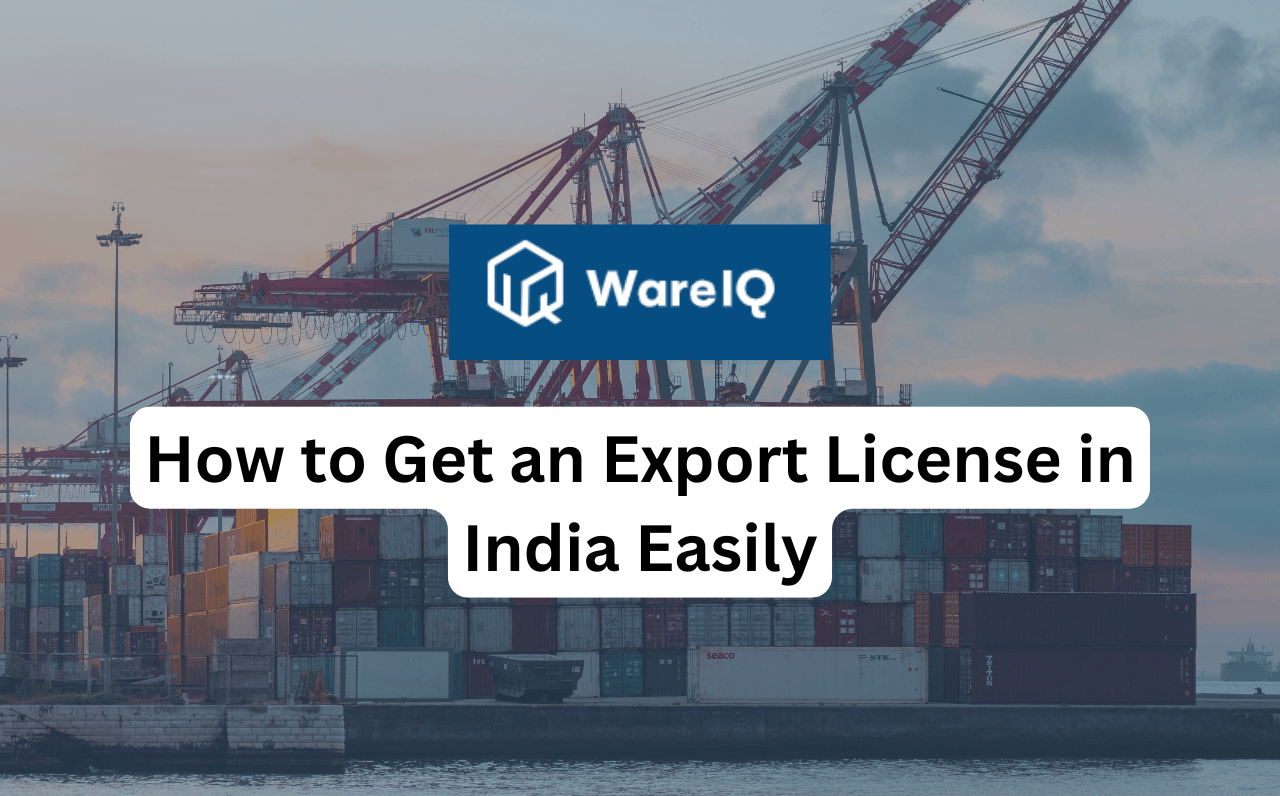
How to Get an Export License in India Easily
An export license in India refers to the Import Export Code (IEC), a mandatory identification number issued by the Directorate General of Foreign Trade (DGFT). Without an IEC, neither a business nor an individual can export or import goods legally, unless specifically exempted.For service exports, IEC is not required unless the service provider wishes to claim benefits under the Foreign Trade Policy. This makes IEC crucial mainly for goods trade and policy-linked advantages.Since the introduction of GST, the IEC is equivalent to the Permanent Account Number (PAN) of the firm. However, the Directorate General of Foreign Trade (DGFT) still issues an IEC separately upon receipt of an application.Any business entity, including proprietorships, partnerships, LLPs, private or public limited companies, trusts, HUFs, and societies, can apply for an IEC. In this guide, you will learn about the prerequisites for an IEC, the step-by-step process of applying for an export license in India, the required documents, costs, and more.Pre-Requisites for Applying for IEC: Export License RequirementsTo obtain an Import Export Code (IEC), the applicant firm must fulfil certain prerequisites. IEC can be obtained by a proprietorship, partnership, LLP, private or public limited company, trust, HUF, or society.The firm must have a valid PAN, a bank account in its name, and a proper registered address. The Directorate General of Foreign Trade (DGFT) may physically verify the address after issuing the IEC.Before starting the application, it is essential to have your PAN, bank details, and firm details ready.How to Apply for an Export License in India: Step-by-Step ProcessStep 1: Apply for IECTo begin, apply for an Import Export Code (IEC). A PAN, bank account, and valid firm address are mandatory. The DGFT may physically verify the address after issuance. Keep PAN, bank, and firm details ready before applying.Step 2: Link Your Profile to IECIf you already have an IEC, link it to your user profile on the DGFT portal. A digital signature token will be required for this step.Step 3: View IEC ProfileThe IEC profile stores details of your firm as registered with DGFT. Along with the IEC number, it includes RCMC, industrial registration details, status holder details, and past export performance.Step 4. Print IEC CertificateDownload and print your IEC certificate. It contains the firm’s name, address, IEC number, date of issue, and branch details. New certificates also feature a QR code for online verification.Step 5: Update or Modify IECIf any firm details change, please modify them online through the IEC. The system allows for auto-approved updates, ensuring a quick processing time.Step 6: Surrender IECIf you no longer wish to use the IEC, submit an online surrender request. The IEC will be suspended from transactions, but can be reactivated later by revoking the suspension.Step 7: Request Removal from DELIf your IEC appears in the Denied Entity List (DEL), you can apply online for its removal and regain eligibility for DGFT benefits and schemes.Step 8: Revoke Suspension or CancellationIf the IEC has been suspended or cancelled, submit an online request to revoke the suspension or cancellation and resume transactions.Step 9. Manage Users Linked to IECMultiple users can be linked to one IEC. You can add primary or secondary users and assign them permissions to access DGFT schemes.Step 10. Request for Merger/DemergerIf your IEC has been merged or demerged with another entity, please update the system accordingly. Multiple entities can be linked together under this process.Documents Required for IEC RegistrationHere are the documents required for IEC Registration:Valid Digital Signatures TokenValid PAN Valid Mobile Number and Email IDValid Address Details of the Branch OfficeValid Bank Account in the name of the IEC HolderValid Aadhar Card matching the details with the PAN CardAlso check - Types of Export Incentive Schemes & Benefits for Indian BusinessesExport License Cost in IndiaThe primary cost of obtaining an export license in India is the government fee for the Import-Export Code (IEC). Currently, the fee is ₹500, which is a one-time payment. The IEC is valid for a lifetime and does not require renewal.Export-Import Performance: India’s Data BankHS CodeCommodity2024-2025 (IN Cr)% Share% Growth09Coffee, Tea, Mate and Spices45,433.671.226815.8117Sugars and Sugar Confectionery21,182.410.5720-22.2833Essential Oils, Resinoids, Perfumery, Cosmetic or Toilet Preparations22,862.510.6173-6.8052Cotton53,602.901.4474-4.5358Special Woven Fabrics, Tufted Fabrics, Lace, Tapestries, Trimmings, etc.3,107.360.08394.2857Carpets and Other Textile Floor Coverings17,743.680.479114.2595Toys, Games and Sports Requisites; Parts and Accessories Thereof4,820.530.130211.34Source: TradestatExport Management SystemThe Directorate General of Foreign Trade (DGFT), under the FTDR Act, notifies restrictions, quotas, or conditions on specific categories of exports from India. In such cases, exporters must obtain a license or registration before exporting.The Export Management System provides modules for applying for export licenses, quotas, and registrations. These include licenses for restricted items, SCOMET items, and licenses issued under agreements such as the Indo-US Memorandum of Understanding or Indo-EU arrangements.Restricted ExportsCertain items are restricted for export and require prior approval from DGFT. Exporters must apply for an export license through the system before shipping such goods.SCOMET ExportsExports of Special Chemicals, Organisms, Materials, Equipment, and Technologies (SCOMET) listed in Appendix 3 of Schedule 2 of ITC(HS) require a license. Exporters must submit a request online to obtain this approval.Registration Certificate (RC) for ExportFor certain products, exporters are required to obtain a Registration Certificate (RC) prior to exporting. For example, exports involving the USA’s unilateral export crime control items or regional security items require an RC.Suggested read - Import Export Code RegistrationHow WareIQ Supports Exporters in IndiaWareIQ goes beyond fulfillment to help Indian exporters streamline operations, stay compliant, and scale globally. Here’s how:Pan-India Fulfillment Network: WareIQ’s 12+ city hubs and last-mile delivery coverage across 27,000+ pin codes ensure faster domestic distribution before export dispatch.Seamless Multi-Channel Integrations: Plug-and-play integrations with Amazon, Flipkart, Nykaa, Shopify, Magento, WooCommerce, WMS, and ERPs simplify order management across domestic and international channels.Export-Ready Inventory Management: With Inventory LogIQ (AI-driven planning), exporters can avoid stockouts, automate replenishment, and maintain optimal inventory across markets.Returns & Compliance Support: A tech-enabled returns QC solution captures and stores HD media proof, reducing disputes and marketplace claim rejections—key for exporters shipping to strict compliance markets.End-to-End Seller Enablement: Services such as APOB/PPOB registrations, GST compliance, COD/NDR verification, and dedicated account managers empower exporters to focus on business growth, while WareIQ handles the backend.Suggested read - How to Export from India: A Complete Beginner’s GuideFAQsIs an IEC required for exporting samples from India?Yes, IEC is mandatory even for exporting product samples, unless exempted by DGFT.How long does it take to get an export license in India?The IEC is usually issued within 5-15 working days of a successful online application.Do exporters need separate IECs for each branch or business line?No, one IEC is valid for the entire firm and all its branches or units.Can an individual apply for an IEC without being associated with a registered company?Yes, individuals can apply for an IEC using their personal PAN and bank account details if they plan to export or import goods.What happens if an exporter fails to update IEC details?Failure to update the IEC may lead to deactivation, and exporters will be unable to process shipments until it is reactivated.
October 31, 2025


